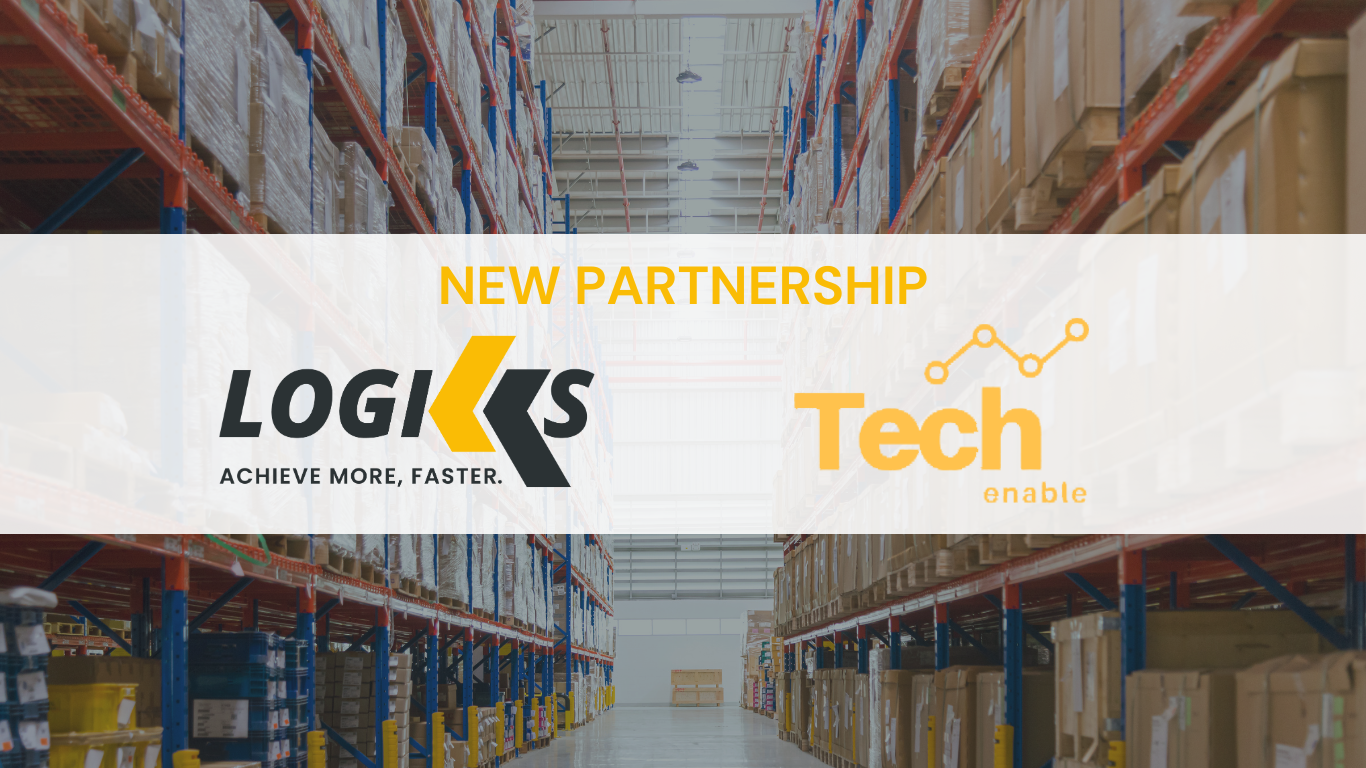Thank you! Your submission has been received!
Oops! Something went wrong while submitting the form.
Harward Business Review’s article “How Generative AI Improves Supply Chain Management” lays out a practical case for GenAI across planning, sourcing, and operations. We have outlined five biggest benefits from the artcile and a simple way small and mid-sized businesses (SMEs) can turn those ideas into low-risk actions.
Planning is usually the part of work that requires input from numerous stakeholders, and any small change might mean that the approval process needs to be repeated. This is meticulous work where GenAI can make a significant difference by removing repetitive tasks from humans. The authors of the review emphasize that GenAI complements analytics and optimization by bridging human intent and model outputs, which shortens time-to-decision.
Try this: Start with one planning touchpoint (e.g., “pre-S&OP brief”). Have GenAI produce a one-page summary of demand signals, key deltas vs. last cycle, and 2–3 plan scenarios for discussion.
Supply chains face constant uncertainty - supplier delays, demand spikes, logistics bottlenecks. GenAI helps teams spin up multiple scenarios quickly (e.g., alternate suppliers, expedited laness, allocation rules), then explain trade-offs in plain language so non-technical stakeholders can choose. HBR frames this as moving from intuition-led planning to data-driven decision support at scale.
Try this: Give GenAI a structured prompt template: “Assume supplier X slips 2 weeks; propose 3 mitigation options with cost, service, and risk impact.” Review in the same meeting, not the next one.
Modern supply chains move extremely fast and therefore generate a large number of alerts – teams are often overwhelmed in dashboards. GenAI can group relaated issues, rank them by business impact and draft next best actions. The result is that planners can act on 10 items that matter instead of 200 that don’t. HBR authors note that human-in-the-loop approach improves resilience while cutting firefighting.
Try this: Route your top three alert streams (forecast error, supply delay, inventory at risk) into a daily GenAI digest that lists (1) what changed, (2) why it matters, (3) suggested actions, and (4) owners.
When disruption hits, finding alternates is painful. Prior HBR coverage shows large firms using AI to identify and pre-qualify backup suppliers faster; GenAI extends this by consolidating criteria, drafting RFIs/RFQs, and summarizing supplier responses in minutes - accelerating time to dual-sourcing or substitution.
Try this: Use GenAI to create a standard RFI pack from your quality/compliance checklist and to summarize responses against your criteria so the sourcing team can shortlist quickly.
Having data and analytics only make sense if relevant stakeholders can read and understand them. GenAI can translate complex data into business language. This improves decision making without rewriting your tech stack.
Try this: For every plan change, auto-generate a one-paragraph “executive note” and a two-slide deck explaining impact on revenue, service, and working capital.

Logiks Solutions is thrilled to announce a new partnership with TechEnable Limited which is based in the United Kingdom.